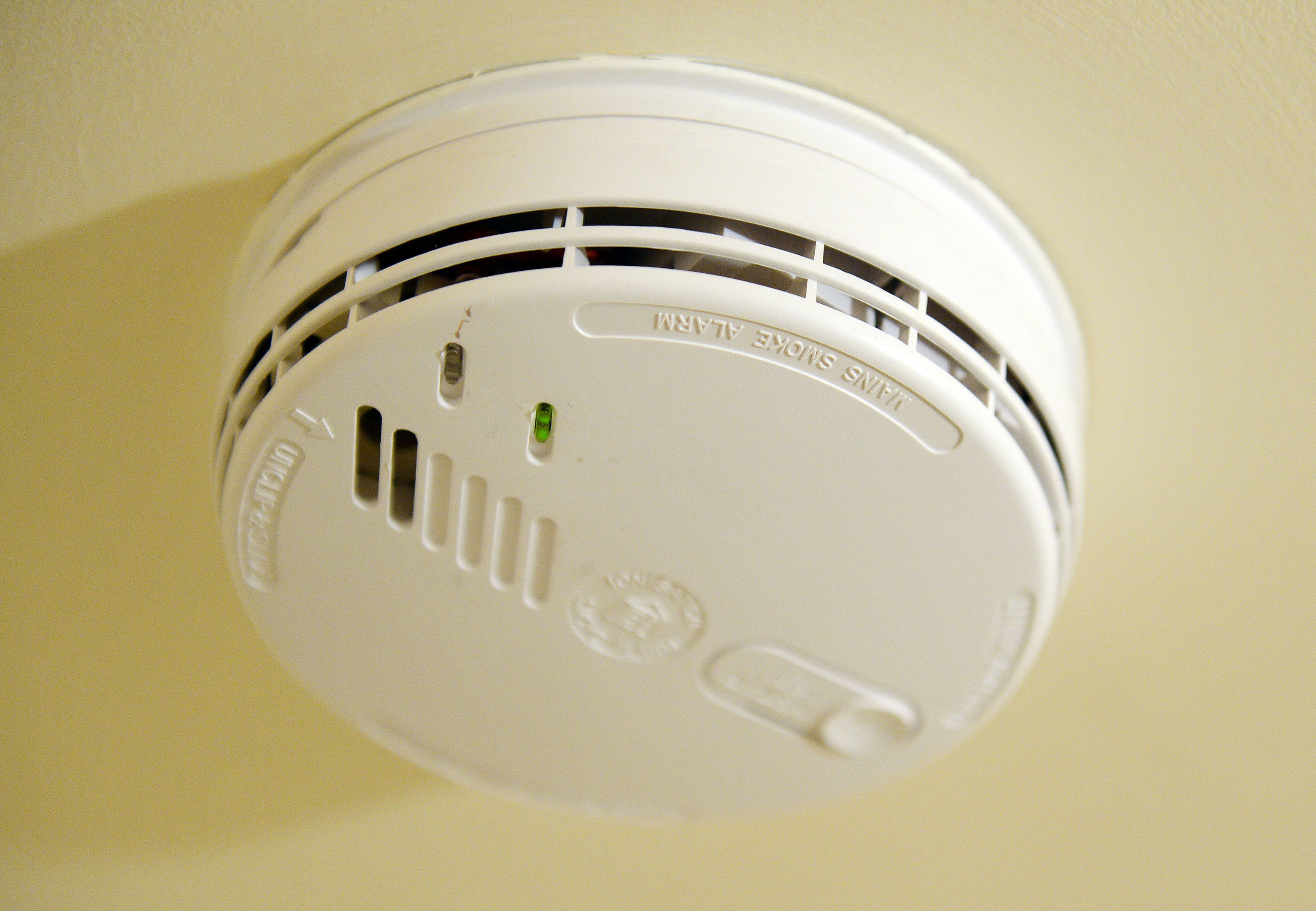
TESTING has revealed large variations in the time British Standard-approved fire alarms take to sound, with one failing to go off at all.
The Which? investigation found that smoke alarms that have met the standard and received the Kitemark certification can have “wildly varying” response times.
The watchdog carried out four controlled fire tests involving smouldering wood, solvent, plastic and cotton fires on 15 smoke alarms, finding that the Devolo Home Control Smoke Detector failed to sound at all in two of the tests.
A pattern of British Standard-approved alarms having significantly varying response times was repeated across all types of tests.
In the tests involving smouldering wood, two approved examples of the First alert SA300Q and the EI Electronics Ei3500S took more than nine minutes to trigger, while the Nest Protect Smoke and Carbon Monoxide Alarm was more than four minutes quicker to sound.
Which? made clear that all the alarms tested met the BS EN 14604 standard for response times.
But it said the safety consequences of a slow-to-sound fire alarm could be significant and has called for a new, tougher standard that only rewards models that sound more quickly.
It has passed its findings to Trading Standards and raised its concerns with BSI, formerly the British Standards Institution.
Alex Neill, Which? managing director of home products and services, said: “People will be surprised to see such a big variation in response times from alarms that are currently classed as being safe and which pass the standard.
“We want to see stricter testing criteria because every minute counts in a fire.”
Devolo said the detector in question passed test procedures in two certified German laboratories and all its alarms were certified in accordance with EN 14604.
It said: “These results are a matter of serious concern for Devolo. Safety is the company’s number one priority and we meet the highest international standards.
“We are therefore extensively investigating all details of the test in co-operation with our partners.”

Enjoy the convenience of having The Sunday Post delivered as a digital ePaper straight to your smartphone, tablet or computer.
Subscribe for only £5.49 a month and enjoy all the benefits of the printed paper as a digital replica.
Subscribe